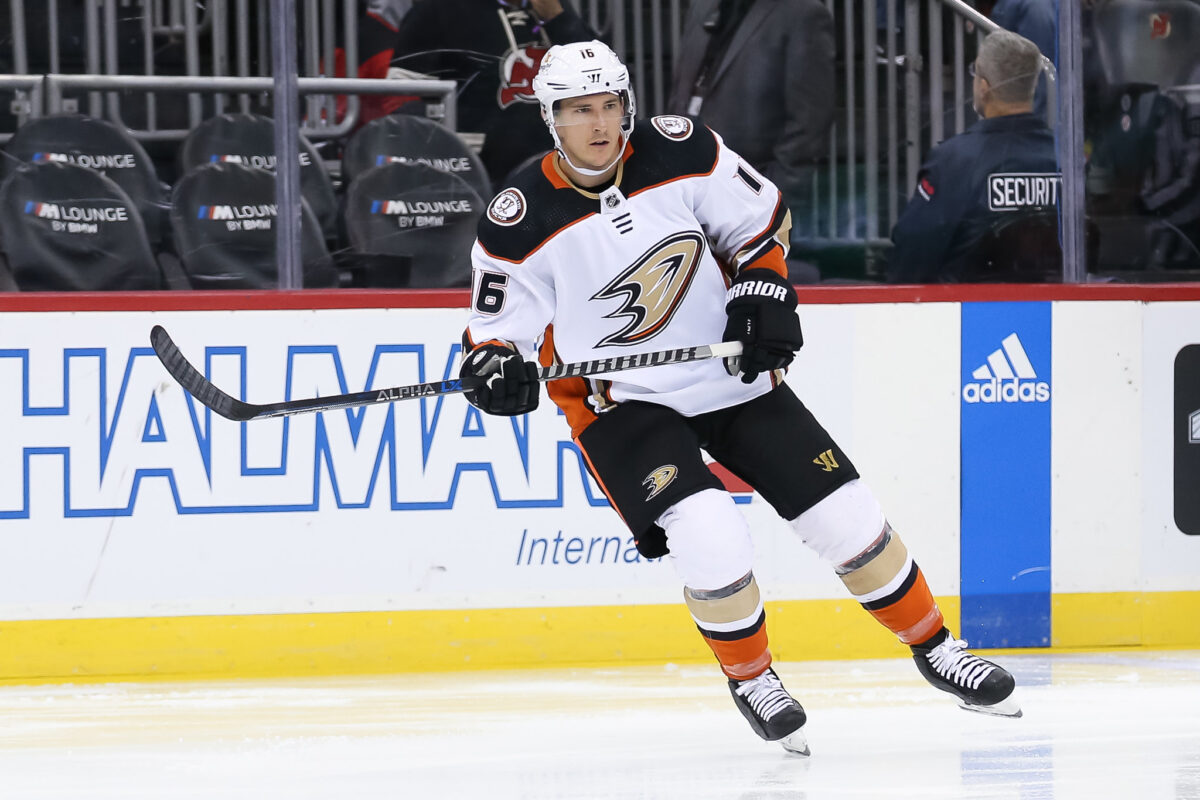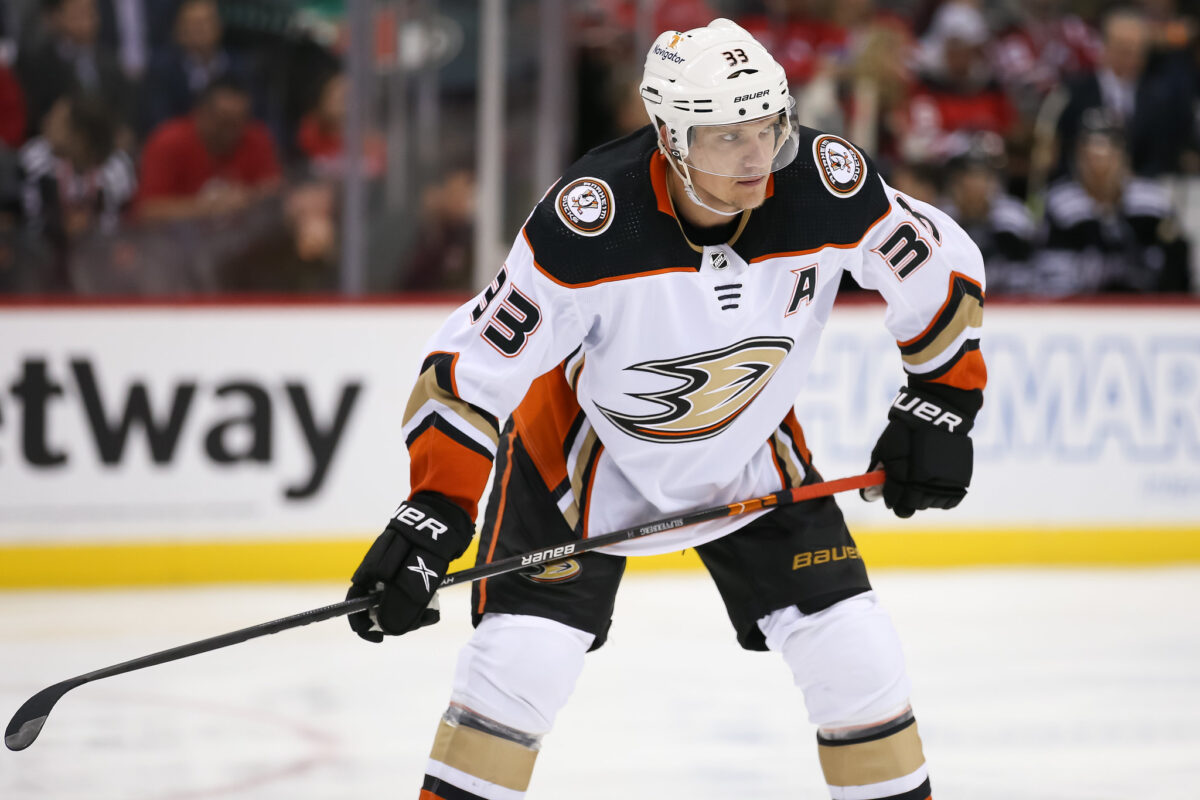Now that we’re firmly into August, the new NHL season is getting closer. Our offseason coverage of the Anaheim Ducks continues, and today we’ll be looking at some of the contracts on the books. One of the more challenging parts of a rebuild is offloading burdensome deals, especially if the rebuild comes after a successful stretch. The Ducks were one of the most consistent teams of the mid-2010s, and lengthy contracts were handed out to keep the group together. These contracts become hard to move as the players get older and less impactful, and Anaheim began to sputter by 2018, getting swept by the San Jose Sharks in the first round of the postseason and failing to qualify since.
Related: Predicting the Ducks’ Next 50-Goal Scorer
For the most part, the Ducks are on the other side of the hard-to-move contracts. Enough time has passed for some to expire, while others have been traded away. At this point, the Ducks don’t have any contracts hamstringing them from making any transactional move they want. While Ryan Kesler and Corey Perry’s deals no longer haunt the team, there are a few contracts on the books that aren’t ideal. Here are the three worst contracts on the Ducks roster in 2023-24.
Ryan Strome
4 years, $20 million remaining ($5M Average Annual Value)
It’s hard to imagine the Ducks feeling buyer’s remorse after only one year, but Ryan Strome’s first season in Anaheim was a disaster. Strome inked a five-year deal with Anaheim last summer after several years with the New York Rangers. He averaged over 48 points per season in four years with the Rangers. But his first year on the west coast was enough for me to consider him the most disappointing forward on the team in 2022-23.

The deal made sense on the surface — as a serviceable top-6 center, he could take some of the pressure off Anaheim’s young center core while they continue to develop. But any plans to shelter Trevor Zegras or Mason McTavish fell apart when Strome was revealed to be a complete liability in the defensive zone.
Forty-one points were decent depth production on an Anaheim team that’s struggled to light the lamp in recent years. But any offense was negated by being, by several metrics, the worst defensive center in the league. Three hundred sixty-one high-danger chances against turned into 49 high-danger goals allowed, both the most among centers this season, and 73.8 expected goals allowed is also a low mark for the position.
Zegras needs to work on his two-way game to become a dependable center, but sheltering him in favor of Strome is pointless. Strome was falling down the depth chart and would have likely started this year as a middle-6 winger, but Isac Lundestrom’s Achilles injury re-opens a third-line center role. The Ducks are hoping last season was more about adjusting to a new team on a new coast. Otherwise, it’ll be difficult for them to get $5 million in value out of a depth center that can’t kill penalties.
John Gibson
4 years, $25.6 million remaining ($6.4M AAV), 10-team No-Trade Clause
With John Gibson being involved in trade rumors for several seasons, Anaheim’s failure to find a team to move him to seemed to have set the perception that his contract is an albatross. To be fair, it was a lofty deal at the time he signed it, but Anaheim was locking down a 25-year-old who had a reasonable case as the best goaltender in the league. He’s declined a bit in recent years, and it’s hard to pinpoint how much of that is his fault versus how much of it is a result of the team in front of him. Regardless, a club that wants to trade for him would have to feel good about Gibson rebounding to justify taking on his salary.
The problem is most groups looking to improve their goaltending are likely playoff-caliber teams, and most playoff-caliber teams are spending right up to the salary cap. Gibson’s contract is still in the top-5 AAV among goaltenders, so any trade will have to involve cap gymnastics. Even if a team like the Toronto Maple Leafs wanted to take the chance on Gibson, they would have to shed salary from their skater group. And by the time the right players with the right amount of salary are determined, it becomes a matter of whether or not the deal is even worth it for both teams.
In a league where 20 goaltenders are making at least $5 million per year, Gibson’s $6.4 million shouldn’t be considered burdensome. While it does make it difficult to move him under the current salary cap, it does nothing to prevent the Ducks from building their roster with the future in mind.
Jakob Silfverberg
1 year, $5.25 million remaining, 12-team NTC
He only has one year remaining on his deal, but Jakob Silfverberg’s contract was a tough sell from the beginning. He was a consistent 40-point player for half a decade while forming one-third of Anaheim’s shutdown line alongside Kesler and Andrew Cogliano that got plenty of use in the 2017 Playoffs against Connor McDavid and the Edmonton Oilers. But he didn’t sign his 5-year extension until March 2019, and the writing was on the wall for an impending rebuild. “Veteran leadership” is a nice intangible to lean on in challenging years, but this was a team that still had Ryan Getzlaf and Cam Fowler, not to mention Corey Perry would get bought out a few months later.

In the years since signing his extension, Silfverberg’s numbers have fallen off. After a decent 2019-20 season, his scoring bottomed out at 16 points in 47 games in 2020-21. While he was a reliable contributor in the postseason, he hasn’t had the chance to be in the playoffs since 2018. With an influx of talent at the lower levels of the Ducks’ organization, his contract ending lines up nicely to usher in a new group.
Silfverberg’s decline hasn’t been entirely under his control. His 2022 season was cut short by blood clots, and reports out of Sweden are that he’s currently dealing with another blood clot after this year’s Ice Hockey World Championship. He expects to be back for the start of the NHL season, but this is a scary injury for athletes to deal with, especially due to the excessive air travel.
Our offseason coverage of the Ducks will continue with roster predictions and prospect profiles.
Statistics courtesy of Natural Stat Trick.
